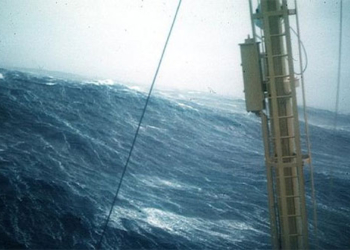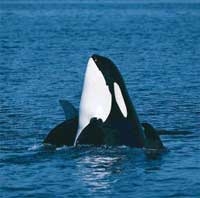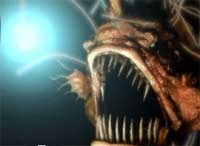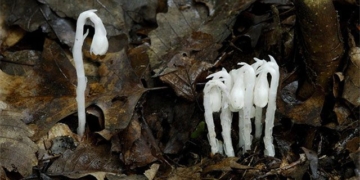A large number of potato-like objects suddenly appeared on the shores of England, but what shocked everyone was that they could move.
A woman accidentally discovered a large quantity of potato-like objects washed ashore by the waves. Upon closer inspection, they resembled baseballs. When she picked one up, she noticed that they were covered with a layer of sharp spines underneath. Most notably, this “potato” was still alive. The ridges on its surface kept wriggling. They seemed to be trying to crawl back towards the water, as clear tracks were left in the sand.
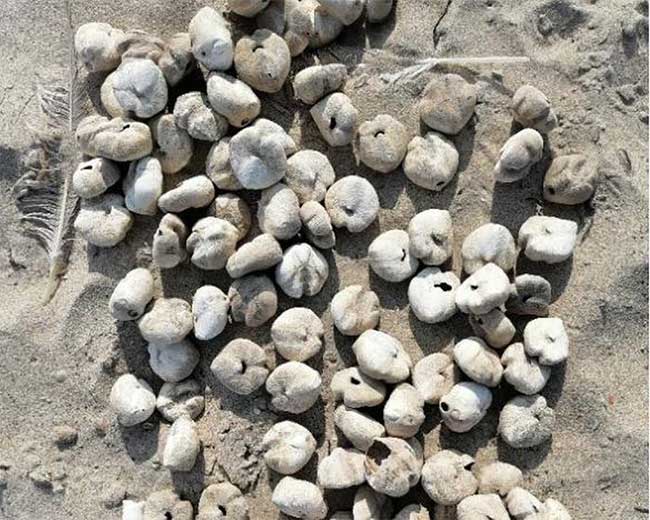
Strange creatures resembling potatoes washed ashore.
Feeling puzzled, the woman reported the find to the Marine Management Organization. A few others came to investigate and were extremely frightened, believing these were extraterrestrial creatures they had never seen before.
After contacting experts, the truth was revealed: these were actually sea potatoes, scientifically known as Echinocardium Cordatum. They typically bury themselves deep in the sand and mud along the shores of England.
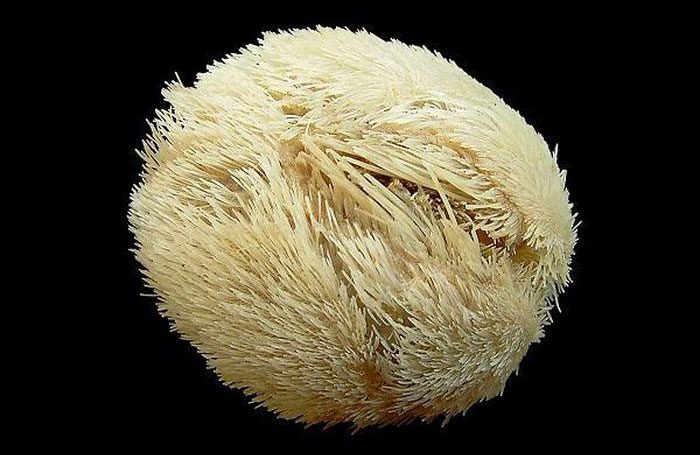
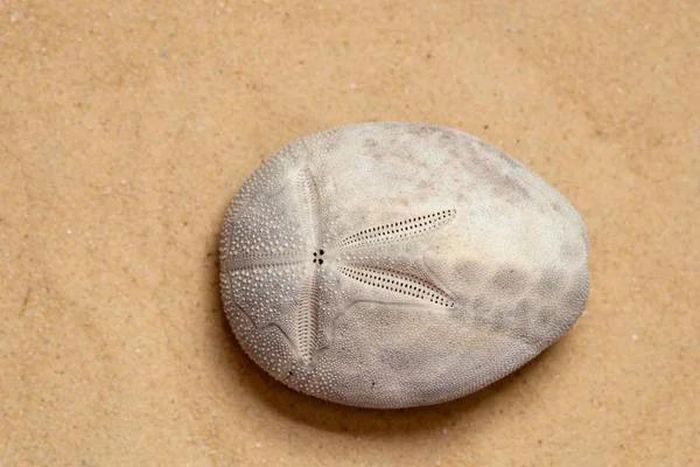
It turns out these are actually sea potatoes.
“Sea potatoes” are a type of sea urchin with small spines, measuring about 7 cm in size. They can be identified by their heart-shaped exterior, grayish-white color, and thin, brittle shell. Sea potatoes are covered with dense spines resembling fur. Their tube-like feet are used to consume dead animals and plants.
Sea potatoes are sexually dimorphic, meaning they have distinct male and female forms. During the breeding season, they release gametes into the water. After fertilization, the sea potato larvae develop with four pairs of legs on their sides. In the final stage, the tube feet of the larvae can be seen surrounding the skeleton. The complete development process takes about 39 days. The lifespan of a sea potato is determined to be 10 years or more.
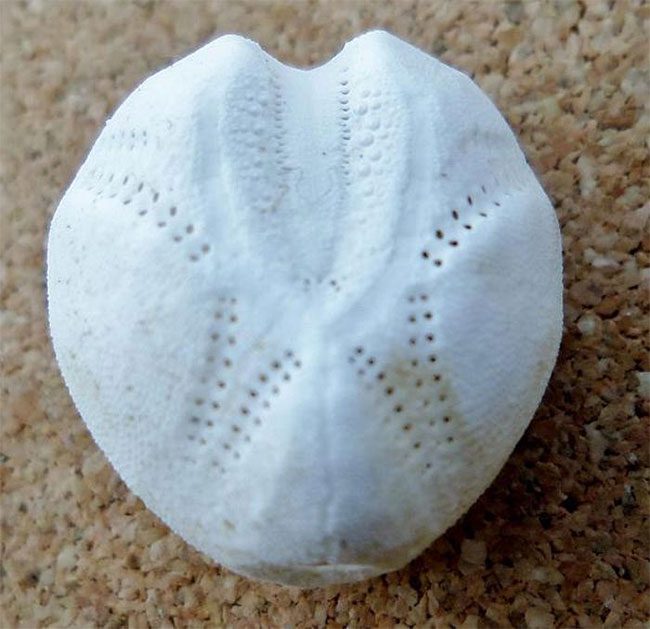
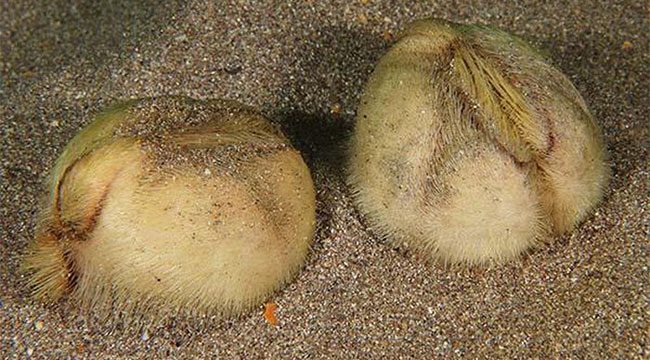
The lifespan of a sea potato is determined to be 10 years or more.
Experts believe that the stranding is evidence of a mass spawning event gone awry. Sea urchins venture out of their shelters to breed, but a storm may have killed them and washed their bodies ashore.
Alternatively, it is possible that the ocean recently experienced a prolonged calm period, allowing plankton to thrive and create a thick layer on the ocean floor. As a result, sea potatoes may have suffered from a lack of oxygen.
According to the Wildlife Trust, sea urchins have small brownish-yellow spines, but when they die, only the brown shells wash ashore.








































